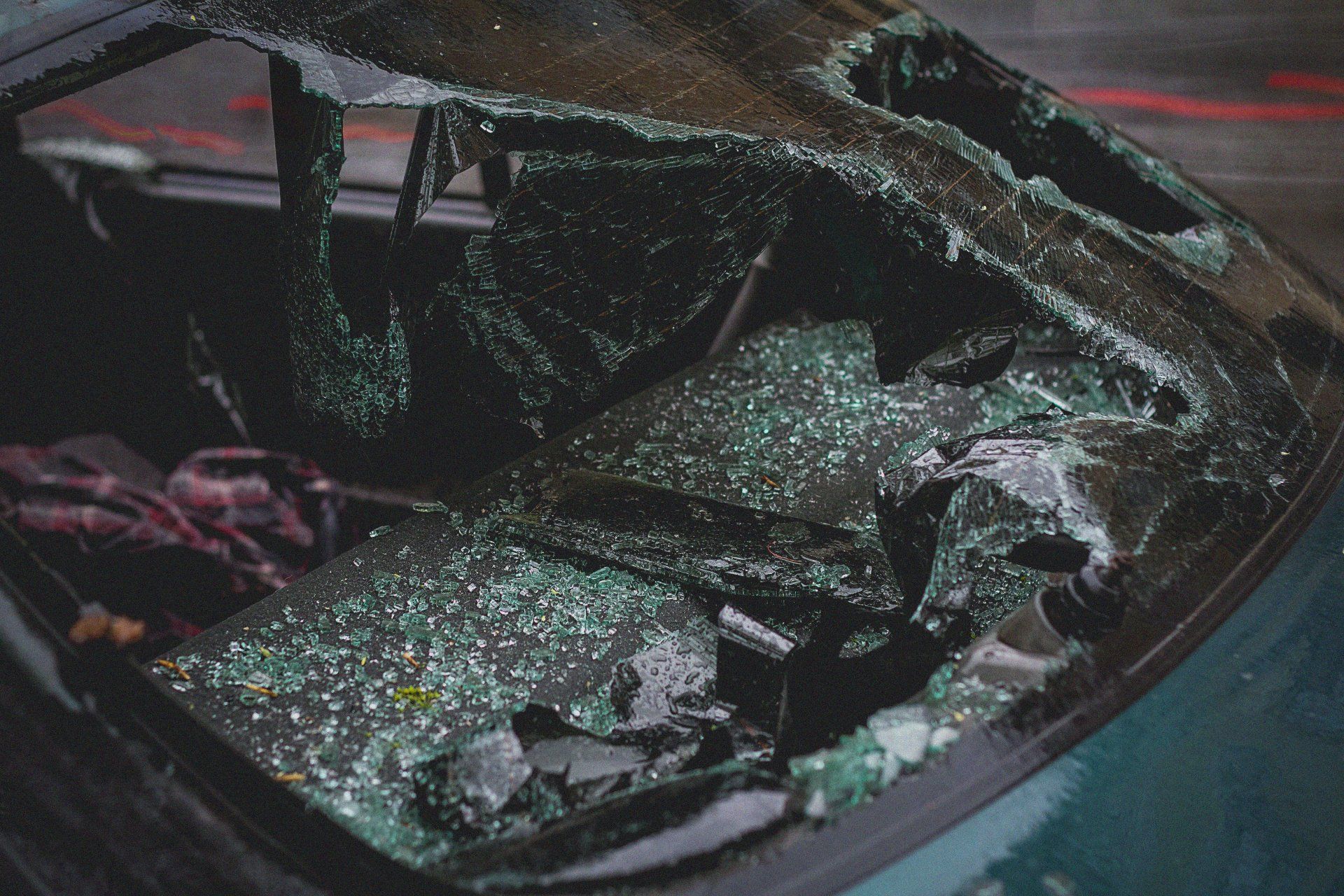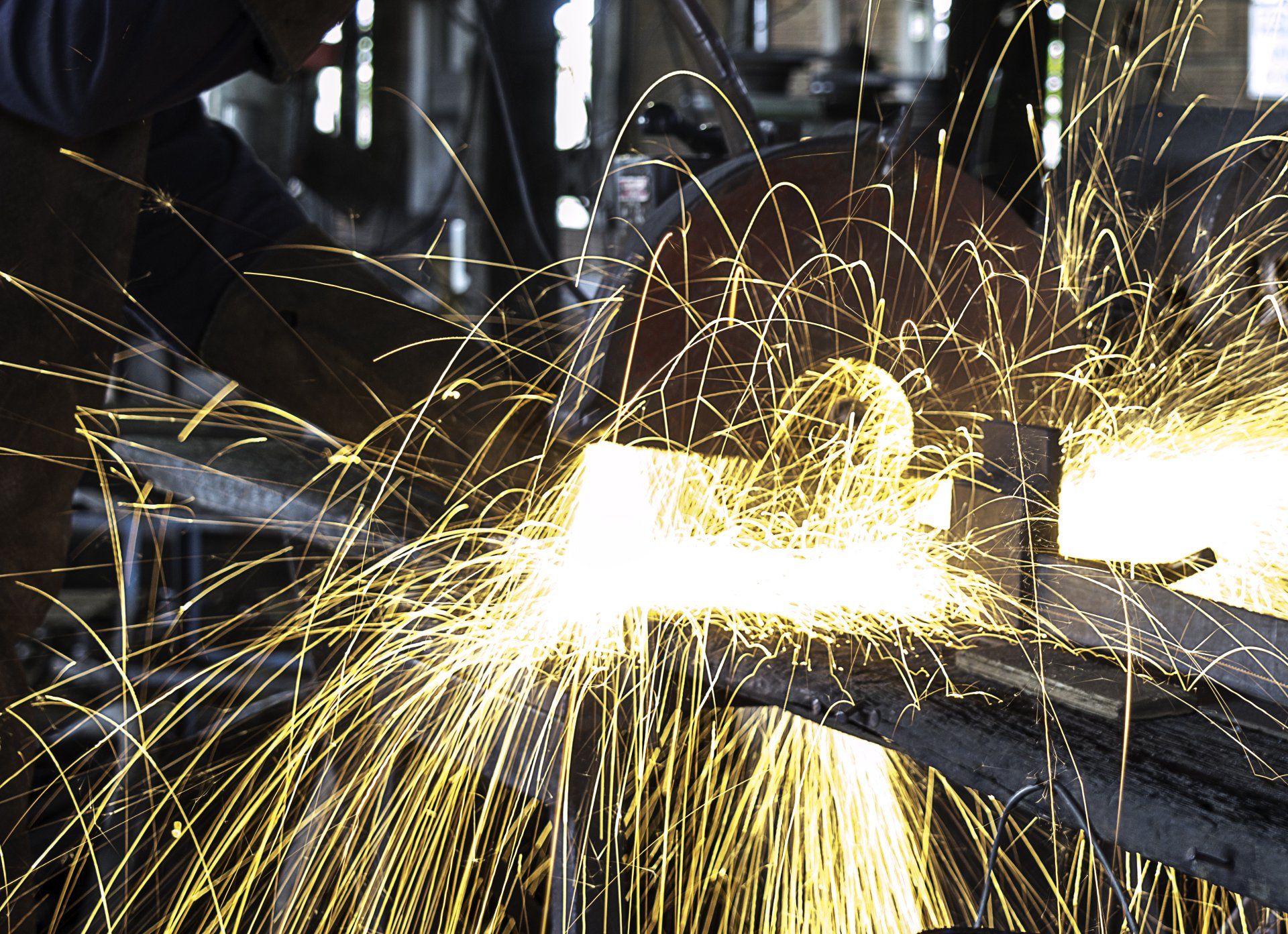Pedestrian Accidents: Who’s In The Wrong?

There are many different types of accidents. You are more likely to hear about large-scale accidents on your local news station, such as vehicle accidents with multi-car pile-ups. However, one category of accidents that isn’t covered as often, but can still be deadly, is pedestrian accidents. What are they, and how do you know which party is in the wrong?
Defining Pedestrian Accidents
Let’s get this basic concept out of the way – when is an accident defined as a pedestrian accident? In most cases, laypersons generally have a decent idea of when a pedestrian accident has occurred. A pedestrian is someone who “was not, at the time of the accident, riding in or on a vehicle.” To be clear, many law texts will tell you that, for pedestrians, a vehicle is any motor, railway, streetcar, animal-drawn, or pedal bikes or car or the like. This does not include things such as skateboards, roller-skates, etc. Those are considered pedestrian conveyances, which still fall under the pedestrian status.
Reacting to the Accident
Whether you are a driver, witness or pedestrian, you should try to keep some general procedures in mind so that you are prepared in how to behave when you find yourself at the scene of an accident. For starters, make sure everyone involved in the accident is okay. Otherwise, call 911 immediately. Next, be careful about any statements made while you wait for the police to show up. You should never admit fault of any sort at the scene of an accident, even apology statements. These statements can severely damage any claim you might try to file and may go as far as flipping the liability on you. In addition, make sure both yourself and other involved parties are relocated to a safe place near the accident scene. It is in everyone’s best interest to avoid additional injuries that may occur. Be sure to exchange contact and insurance information with those involved. This may not always be readily accessible for a pedestrian, but do the best you can with the situation. Following the arrival of the police, do your best to stay calm and represent the truth of the incident for the police report.
Who is in the wrong?
Depending on the situation at hand, it can be extremely clear or extremely clouded. Let’s talk about the most obvious case you will hear about first: Pedestrians vs Vehicle accidents. More often than not, the one with the vehicle will generally have much higher odds placed on them in terms of who was in the wrong. Why is this? Mostly due to the vehicles having a higher amount of laws and rules to adhere to, as they are piloting vehicles of multiple sizes. Even if the pedestrian is to blame for the accident occurring, the driver will still be reprimanded in some form.
For pedestrians to be considered in the wrong, the main category is usually negligence. Negligence can be seen in multiple situations, from jaywalking to not paying attention as to where they are. This is most commonly seen when people are injured in the middle of roads, or at busy intersections. For these types of cases, it’s a very clear-cut case as to who is in the wrong since the blame of negligence can be placed squarely on the pedestrian themselves.
Post-Accident Procedures
Depending on your situation, you may be considering legal recourse following a pedestrian accident. Before you go forward with any lawsuits, it is wise to first seek out medical attention. Knowing the extent of your injuries is paramount towards legal recovery, as well as long-term health in your future. During this process, be honest about past injuries, medical conditions and the progress or decline you are currently experiencing with the injuries related to your accident. It would also be a good idea to start collecting records from medical visits in preparation of litigation. Beyond your medical professional, be careful whom you give statements to regarding the accident. Know that you do not and should not give a recorded statement to any insurance company, including yours. These statements will likely be used against you to lessen the financial impact on the insurance company.
Mud in the water
The biggest issue with accidents including pedestrians is accountability. Not all cases and accidents occur in front of a busy intersection, or where cameras are everywhere. Some accidents occur in blind spots, or within neighborhoods, away from busy streets. When this occurs, the foundation for concrete proof starts to waver, as the testimonies are only the eye-witnesses, which includes only the people involved in the accident. Thus, it is difficult to usually render judgement on pedestrian accidents. Because of this, the general consensus is to look for negligence on one’s behalf. Negligence is the issue of not paying attention, or lack of attention and situational awareness. If one person is deemed more negligent than the other, then that person will end up being in the wrong.
If you were involved in a pedestrian accident, be sure to contact our attorneys for legal representation.
Original Source: https://www.lapezejohns.com/case-studies-and-successes/pedestrian-accidents-whos-wrong/



